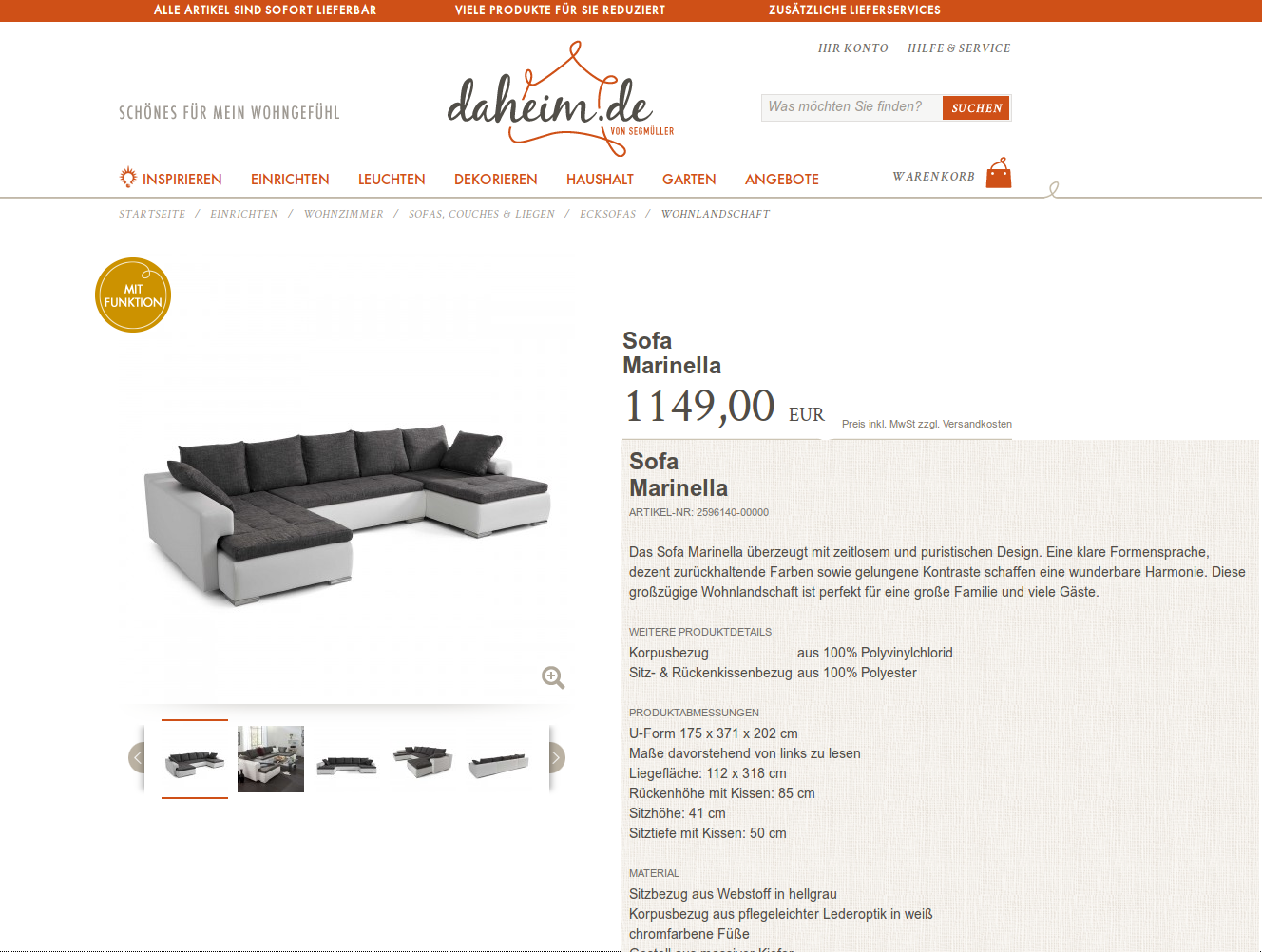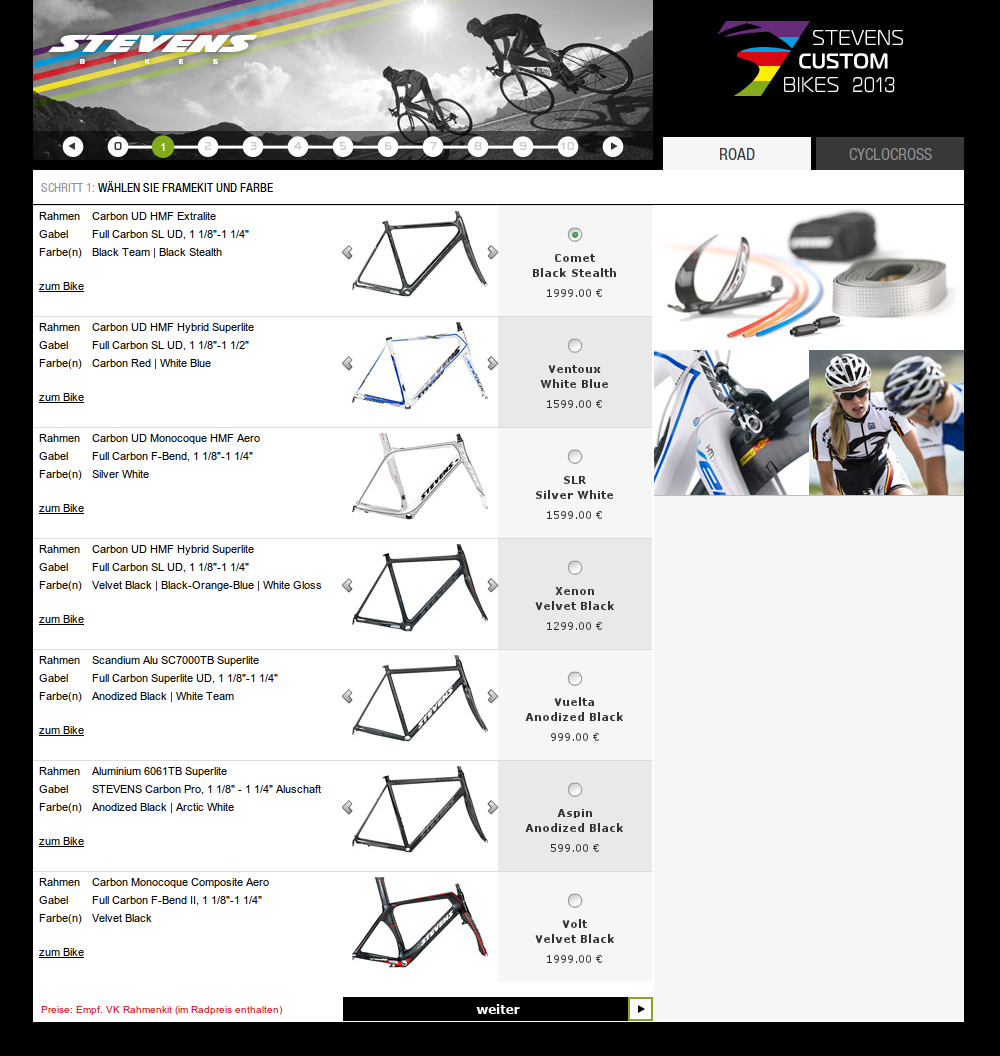eCommerce: optimized preparation of product data for shop systems
Surveys among project managers in the eCommerce field reveal: The main obstacle for the success of any ambitious eCommerce project is the ability to provide high-quality data for the aimed-at marketing channels and existing shop environments. The quality and the sophistication of the product data actually decide on success or failure in eCommerce. With that said, the focus is on information that goes beyond the exchange of simple, two-dimensional data sets. This includes criteria such as multilingualism, categories and taxonomies, graduated prices, product images in different resolutions, video, 3D animations, documents and data sheets, product links and grouped products.
Another highly interesting item: Information that helps or allows locating product records such as "keywords" and synonyms. Way too often, products cannot be found because the product data is provided without synonyms or different spelling variants. For finding a product via product search engines, it makes, however, a significant difference whether product data is optimized for "work gloves" or "protection gloves". Also different spellings in the product data such as "men gloves" or "men's gloves" often affect the findability. In many cases, shop operators loose half of their potential visitors because many search variants only generate hits for the products of their competitors.
Better product data
Detailed product information ensures better purchasing advice. The result is usually a higher conversion rate, which serves as an indicator for how many members of the aimed-at target audience responded to the information provided. The second important factor is a lower return rate. At the same time, detailed product information reduces the effort for incoming customer questions about product specifications.
Shops, where customers must be provided dimensions, components, materials, several pictures and technical details require an extensive care of product data in the background.

Screenshot, source: www.daheim.de
Product data in eCommerce: the basics.
Product name
-
Should be meaningful.
-
Should consider attributes such as color and size.
-
Should integrate the brand.
-
Should not contain over-embellished elements and also no exaggerations.
Product pictures
-
Keep in mind that people "buy with their eyes"...
-
Use enlarged image sections to show product details.
-
If necessary, show the product in use.
-
Use images to avoid customer questions.
Product description
-
Detailed and precise description (see above: avoidance of returns)
-
As distinctive as possible / "Unique Content" (important for search engines)
-
Manufacturer descriptions, extended as necessary.
Attributes
-
Provide a good and quick overview of the information for the customer.
-
Can be used for a more accurate and narrowing search.
-
More comprehensible for the customer than clues hidden in the product descriptions.
Product information for ambitious eCommerce operators
Structuring
-
Hierarchies and taxonomy
-
Product links and relations
-
Grouped or combined items (bundles)
-
Product categorization per channel (shop)
Contexts
-
Target group-specific data
-
Different prices per product
-
Definition of pricing rules (e.g., date-driven price adjustments)
-
Different channels (several shops) based on different item correlations
-
Different properties depending on the link or relation
Variations
-
Product variants
-
Inheritance of attributes
-
Versioning of product information
Languages and synonyms
-
Multilingualism, incl. languages with fonts like Cyrillic, Chinese, and Arabic.
-
Multilingualism with unique translations of key technical terms (single source of translation).
-
Extensive synonym and keyword lists for each product.
High End: product configuration by the customer
How can you prepare product data in such a way that an Internet product configurator works for end users? The solution to this problem starts with the product attributes. Properly maintained attribute sets are the basis for every product configurator. For the configurator, this data must be maintained in the product master:
Attributes
-
Attributes and Attribute Congruence
-
Attributes and Attribute Value Congruence
Both of these elements can be used to specify that products with a particular attribute match (i.e. are compatible with each other). In addition, the value of two attributes can be used to specify their degree of compatibility.
Attribute Groups / Classes
Attribute Groups can be used to specify which products are compatible with each other. To do so, an attribute class is used to determine which classes harmonize, and attributes (see above) are used to determine which attributes are compatible.
Products
-
Product groups with references to compatible product groups.
-
Product groups and selection of compatible attributes.
Exclusion Lists
Depending on the amount of data the subtraction method may be applied instead of the addition method. This means that you can specify, which product groups and attributes are not compatible and thus automatically receive correct proposal lists with compatible components.
Sets of Rules
Using a set of rules written in a macro language, it is possible to describe highly complex variants that a PIM system will then automatically generate and maintain for a shop system.
Example for a successful product configurator: Stevens Bikes
A very catchy example of a well-implemented product configurator for end customers is the Bike Configurator of Stevens Bikes. This configurator guides the customer step by step from one component group to the next; in each step, only the "possible" components are displayed and provided for selection. The interesting thing about this: components that can be purchased at an extra charge and standard components that can be selected at no extra charge. At the end of the selection process, the potential customer receives a high-level summary of the selected components and a price summary.
On Steven Bikes' website customers assemble their desired bicycle.

Screenshot: Source: http://www.stevensbikes.de
Try for yourself and go to the Bike Configurator.
Data for eCommerce only via PIM or MDM
An objective look at the market of commercial and open source shop systems reveals that none of the systems currently offered provides the functions needed for product maintenance in the context of ambitious eCommerce projects. However, data maintenance and the preparation of a product configuration is also not a core competence of a shop system. Shop systems should serve as an attractive product display for customers, allow for quick searches and filtering, and support all kinds of purchase and delivery processes. For the special discipline of product data preparation there are Product Information Management Systems (PIM) and Master Data Management Systems (MDM), the manufacturers of which have been dealing with functions for the optimization of product information for decades. A summary of major MDM and PIM providers and a functional description of their products can be found in the Business Software Review at www.business-software-review.de.
Contact
Sepia GmbH & Co. KG
Ernst-Gnoss-Strasse 22
D-40219 Düsseldorf - Germany
Phone: +49 211 51 419 75
Phone alternative: +49 211 74 958 712 0
E-Mail: info@sepia.de
Looking for consultation or a web demo?
Get it here.
Mobile Apps
Mobile Apps
This is a translation test box for the english version.
